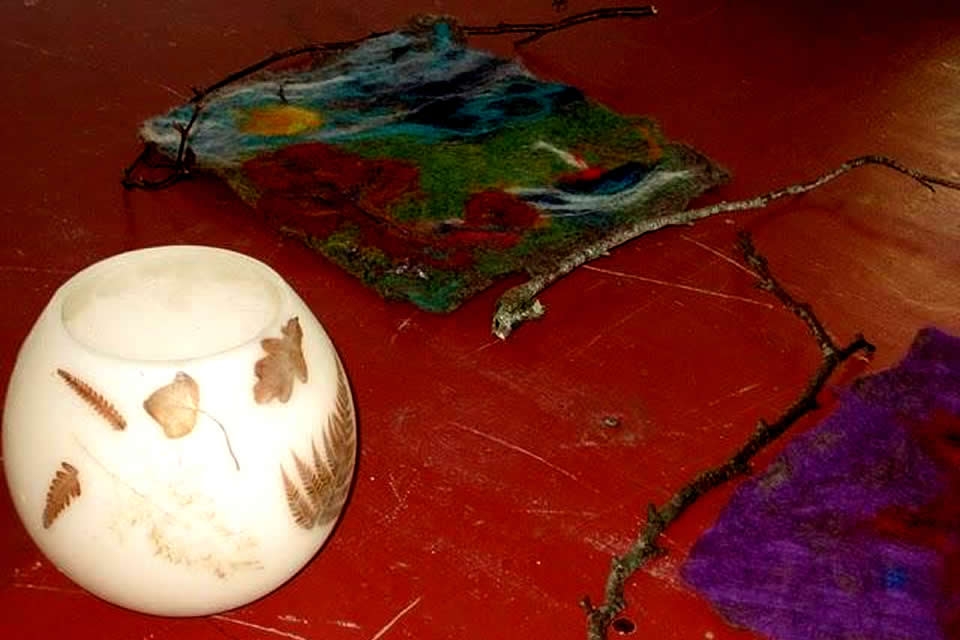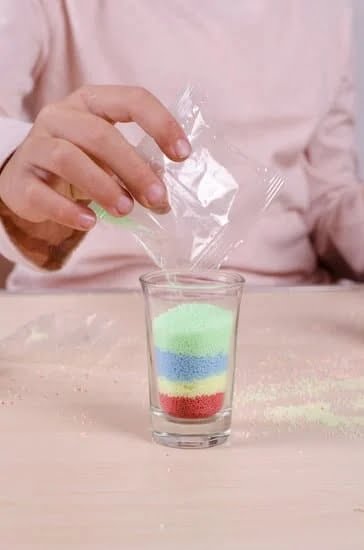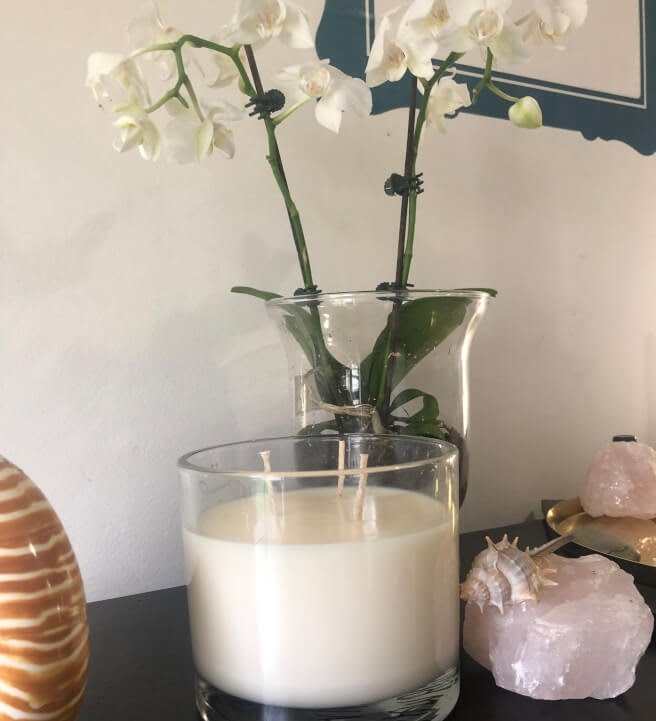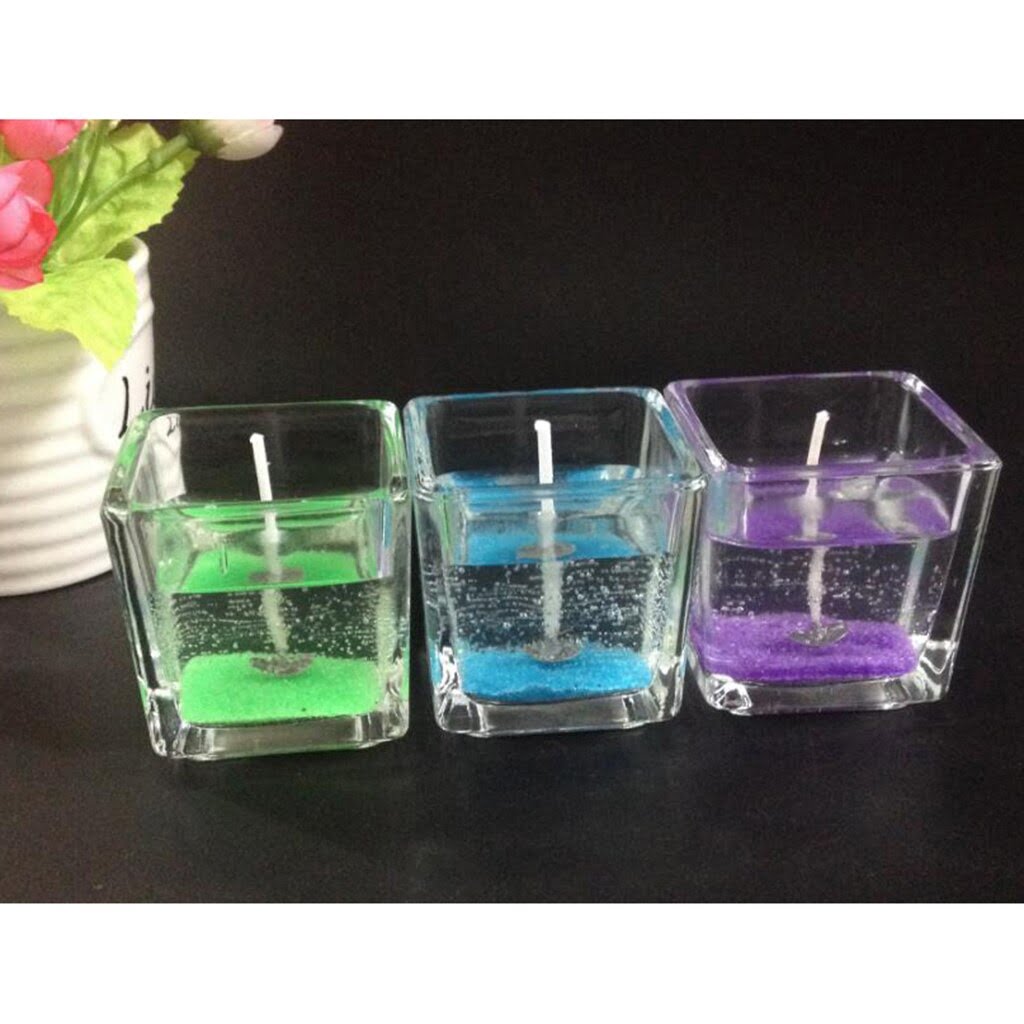Are you interested in creating your own candles from scratch? One crucial element to a successful homemade candle is a high-quality wick. In this step-by-step candle wick making article, we will guide you through the process of understanding the materials, choosing the right wick size, preparing and assembling the wick, pouring the wax, and trimming and testing the wick for optimal results.
A good quality candle wick plays a significant role in the overall burning experience of a candle. It affects how evenly and efficiently the candle burns, as well as how long it lasts. Without a properly made wick, even the highest quality wax and fragrance combination may result in a disappointing candle. Therefore, it is essential to pay close attention to the details of creating a custom wick for your candles.
Understanding the different materials used in candle wick making, such as cotton, hemp, and wood, is crucial in achieving desired burning characteristics. Additionally, selecting the appropriate wick size based on factors like type and size of the candle being made is equally important. By following this guide and understanding these key components of wick making, you can enhance your overall candle crafting experience while ensuring excellent burning performance.
Understanding the Materials
Candle wicks are an essential component of any candle, as they play a crucial role in the overall burning experience. When it comes to making your own candles, understanding the different materials used in candle wick making is key to achieving the desired results. Common materials used for candle wicks include cotton, hemp, and wood, each with its own unique characteristics and benefits.
Cotton wicks are widely used in candle making due to their efficient burn and minimal soot production. They are known for providing a consistent flame and are available in various sizes to accommodate different types of candles. Hemp wicks, on the other hand, are known for their eco-friendly properties and clean burn. They are often preferred by environmentally conscious individuals and those looking for a natural alternative to traditional candle wicks.
Wooden wicks have gained popularity in recent years due to their crackling sound reminiscent of a fireplace. They also offer a longer-lasting burn compared to cotton or hemp wicks. Understanding the differences between these materials is important when choosing the right wick for your candles based on factors such as burn time, size, and desired aesthetic. By considering these characteristics, you can ensure that your homemade candles meet your expectations in terms of both performance and appearance.
| Wick Material | Characteristics |
|---|---|
| Cotton | Efficient burn, minimal soot production, consistent flame |
| Hemp | Eco-friendly, clean burn, available in various sizes |
| Wood | Crackling sound, longer-lasting burn compared to cotton or hemp wicks |
Choosing the Right Wick Size
When it comes to candle making, choosing the right wick size is crucial to ensure a clean and even burn. Different types and sizes of candles require specific wick sizes to achieve optimal burning performance. Here is a step-by-step guide on how to select the appropriate wick size based on the type and size of the candle being made:
- Determine the diameter of the candle: Measure the diameter of the candle at its widest point using a ruler or calipers. This measurement will help determine the proper wick size for your candle.
- Consult a wick size chart: There are various wick size charts available online that provide recommendations for wick sizes based on candle diameter. These charts take into account different types of wax, fragrances, and additives used in candle making.
- Consider the type of wax: Different types of wax burn at varying rates, so it’s essential to consider the type of wax being used when selecting a wick size. For example, soy wax may require a different wick size than paraffin wax.
By following these steps, you can ensure that you select the right wick size for your specific candle-making project.
For pillar candles, try HTP series wicks which are designed specifically for one heat sources such as pillars or container candles. For container candles use Eco-series hemp core or Super core series cotton-cored ones. When in doubt, always test burn several different sizes on containers before choosing.
Remember that choosing the right wick size is not only about achieving an aesthetically pleasing burn but also about safety and ensuring that your candles perform as intended. Taking the time to carefully select the appropriate wick size will ultimately result in a better burning experience for you and your customers if you’re selling them.
Preparing the Wick
When it comes to making high-quality candles, the importance of a good quality candle wick cannot be overstated. The wick plays a crucial role in the overall burning experience of the candle, affecting factors such as burn time, scent throw, and even wax consumption. Understanding how to prepare and prime the wick is essential for ensuring that it burns efficiently and cleanly.
To begin preparing the wick, gather the necessary materials including the wick itself, scissors, wax, and a wick sustainer or tab. Trim the wick to the desired length based on the size of your candle container or mold. It’s important to leave a little extra length to account for any trimming that may be needed after testing.
Next, prime the wick by dipping it into melted wax. This step helps to ensure that when the candle is lit, it will ignite easily and uniformly across the entire width of the candle. Priming also strengthens the wick, preventing it from curling or breaking during use.
Materials Needed for Preparing the Wick
- Candle wick
- Scissors
- Wax
- Wick sustainer or tab
Steps for Priming the Wick
- Trimming the wick to appropriate length
- Dipping the wick into melted wax to prime
By following these step-by-step instructions for preparing and priming your candle wicks, you can ensure that they are ready for efficient and clean burning in your homemade candles.
Assembling the Wick
When it comes to candle making, assembling the wick with the right tab is crucial for ensuring a successful burning experience. The wick tab serves as an anchor that keeps the wick centered and in place while the wax hardens. There are various types of wick tabs available, including those with sustainers or clips, which are designed to hold the wick firmly in place during burning.
Step 1: Choose the Right Tab
The first step in assembling the wick is selecting the appropriate tab for your specific candle size and type. It’s important to match the size and shape of the tab to the diameter of your candle mold or container. This will ensure that the wick stays centered as it burns, preventing uneven melting and tunneling.
Step 2: Attaching the Wick to the Tab
Once you have chosen the right tab, carefully thread it through the bottom loop or hole of your wick. Make sure to leave a small amount of wick sticking out from underneath to allow for easy lighting once your candle is finished. Use pliers or tweezers to crimp and secure the tab tightly around the base of the wick, ensuring that it is held in place and unable to move during use.
Placing the Wick in Your Candle Mold or Container
After properly attaching and securing your wick to its tab, it’s time to place it in your chosen container or mold before pouring in hot wax. Whether using a metal mold for traditional candles or a glass container for jar candles, centering and securing your assembled wick is essential for optimal performance.
Step 3: Centering the Wick
With your tab securely attached, gently lower it into your prepared container or mold until it rests at its base. To keep your wick centered as you pour in hot wax, use a chopstick or pencil laid across the mouth of your container to keep it steady until everything has set.
Following these step-by-step instructions when assembling and placing your candle’s wick will help ensure a successful candle burning experience every time.
Pouring the Wax
After preparing and priming the wick, the next step in the candle-making process is pouring the wax around the wick. This step is crucial in ensuring that the wick remains centered and straight during burning, as well as promoting proper adhesion between the wick and the wax.
To begin, make sure that your wax is heated to the appropriate temperature based on the type of wax being used. Different types of wax have different melting points, so it’s essential to follow the manufacturer’s instructions for optimal results. Once your wax has reached the correct temperature, carefully pour it into your candle mold or container, making sure to leave enough space for your assembled wick.
Using a heat-safe utensil such as a wooden chopstick or skewer, gently guide the wick into a centered position as you pour the wax. This will help ensure that the wick remains straight and properly positioned as the wax cools and solidifies. Take your time and pour the wax slowly to avoid any air pockets forming around the wick.
Once you have poured all of the required wax into your mold or container, allow it to cool and solidify completely before moving on to the next step in your candle-making process. Properly poured wax will result in a clean-burning candle with an even pool of melted wax around the wick, providing an enjoyable and efficient burning experience for you or whoever receives your handcrafted candle.
| Materials Used | Melting Point |
|---|---|
| Soy Wax | 120-180°F |
| Paraffin Wax | 125-165°F |
| Beeswax | 144-147°F |
Trimming and Testing the Wick
Step 1: Determine the Correct Length
The first step in trimming the wick is to determine the appropriate length based on the specific candle size and type. A general rule of thumb is to trim the wick to about 1/4 inch before each burn, but this may vary depending on the diameter of the candle. For larger candles, a longer wick may be necessary to maintain an even burn.
Step 2: Use Quality Scissors or Wick Trimmers
Once you have determined the correct length, use a pair of sharp scissors or specialized wick trimmers to snip off any excess wick. Be sure to make a clean cut to prevent fraying and ensure that the wick will ignite properly during each use.
Conducting a Burn Test:
Step 1: Prepare Your Candle for Testing
Before conducting a burn test, make sure your candle is placed on a heat-resistant surface away from drafts or flammable materials. Light the candle and let it burn for at least one hour, allowing the wax pool to reach the edges of container candles.
Step 2: Observe and Assess Burning Performance
During the burn test, observe how the wick performs. Ideally, it should produce a steady flame without excess smoke or soot. If you notice any issues such as flickering, excessive smoking, or tunneling (uneven burning), it may indicate that the wick needs to be trimmed further or potentially replaced with a different size.
Step 3: Adjust and Repeat if Necessary
Based on your observations during the burn test, adjust the wick length as needed and repeat the test until you achieve an optimal burning performance. This step-by-step process ensures that your candles will provide an even and clean burn every time they are lit.
Troubleshooting Common Issues
In conclusion, mastering the art of candle wick making is essential for creating high-quality candles with optimal burning performance. The step-by-step process outlined in this article provides valuable insights into understanding the materials used in wick making, choosing the right wick size, preparing and assembling the wick, pouring the wax, and trimming and testing the wick.
By following these instructions carefully, candle makers can ensure that their candles burn cleanly and evenly, providing a delightful sensory experience for users.
Additionally, troubleshooting common issues related to candle wicks is crucial for addressing problems such as mushrooming, tunneling, and uneven burning. Understanding how to recognize these issues and implement solutions will result in a more satisfying burning experience for candle enthusiasts. By being aware of common wick-related problems and their remedies, candle makers can enhance the overall quality of their products and optimize customer satisfaction.
In essence, while crafting candles may seem like a simple task, paying attention to the details of candle wick making is paramount to achieving desirable results. With patience and practice, anyone can become adept at producing beautifully crafted candles with well-chosen and properly assembled wicks that burn consistently and cleanly.
Frequently Asked Questions
How Do You Make a Homemade Candle Wick?
To make a homemade candle wick, you can use cotton string or twine. First, soak the string in a solution of water, salt, and borax to help it burn evenly. Then let it dry before using it in your candle.
Can You Use Normal String for a Candle Wick?
While normal string can be used for a candle wick in a pinch, it’s not the best option. Ideally, you should use 100% cotton string without any synthetic fibers or chemicals. This will ensure a cleaner and more even burn for your candle.
What Is the Best Material for Candle Wicks?
The best material for candle wicks is generally considered to be cotton. Cotton wicks are known for their clean and consistent burn, making them an ideal choice for most candles. They also tend to minimize smoking and mushrooming compared to other materials like zinc or hemp.

Welcome to my candle making blog! In this blog, I will be sharing my tips and tricks for making candles. I will also be sharing some of my favorite recipes.





